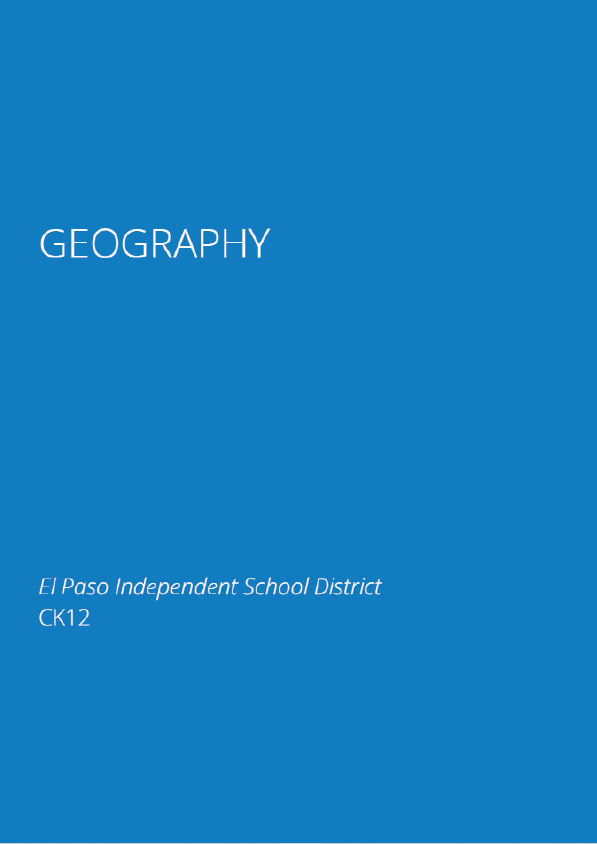Geography is the spatial study of the earth’s surface (from the Greek geo, which means “Earth,” and graphein, which means “to write”). Geographers study the earth’s physical characteristics, its inhabitants and cultures, phenomena such as climate, and the earth’s place within the universe. Geography examines the spatial relationships between all physical and cultural phenomena in the world. Geographers also look at how the earth, its climate, and its landscapes are changing due to cultural intervention. The first known use of the word geography was by Eratosthenes of Cyrene (modern-day Libya in North Africa), an early Greek scholar who lived between 276 and 194 B.C.E. He devised one of the first systems of longitude and latitude and calculated the earth’s circumference. Additionally, he created one of the first maps of the world based on the available knowledge of the time. Around the same time, many ancient cultures in China, southern Asia, Polynesia, and the Arabian Peninsula also developed maps and navigation systems used in geography and cartography.
The discipline of geography can be broken down into two areas of focus: physical geography and human geography. These two main areas use a spatial perspective, include the study of place, and the comparison of one place with another. Physical geography is the spatial study of natural phenomena in the environment, such as rivers, mountains, landforms, weather, climate, soils, plants, and any other physical aspects of the earth’s surface. Physical geography focuses on geography as a form of earth science. It tends to emphasize the main physical parts of the earth—the lithosphere (surface layer), the atmosphere (air), the hydrosphere (water), and the biosphere (living organisms)—and the relationship of these parts.
The major forms of study within physical geography include the following:
Geomorphology (the study of the earth’s surface features)
Glaciology (the study of glaciers)
Coastal geography (the study of the coastal regions)
Climatology (the study of climates and climate change)
Biogeography (the study of the geographic patterns of species distribution)
Some physical geographers study the earth’s place in the solar system. Others are environmental geographers, part of an emerging field that studies the spatial aspects and cultural perceptions of the natural environment. Environmental geography requires an understanding of both physical and human geography, as well as an understanding of how humans measure their environment and the physical landscape.
Physical landscape is the term used to describe the natural terrain at any one place on the planet. The forces of erosion, weather, tectonic plate action, and water have formed the earth’s physical features. Many state and national parks in the United States preserve the land for the public to enjoy.










